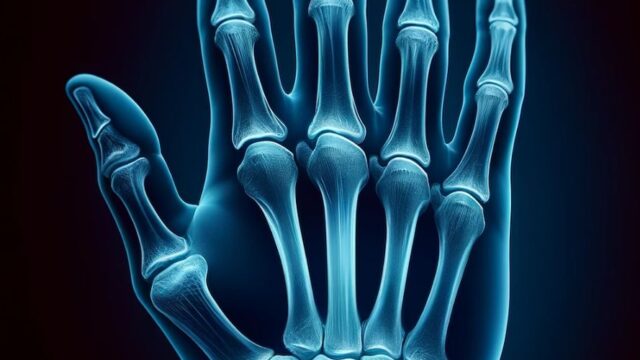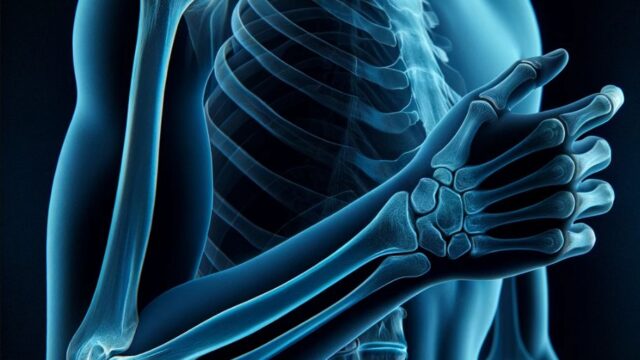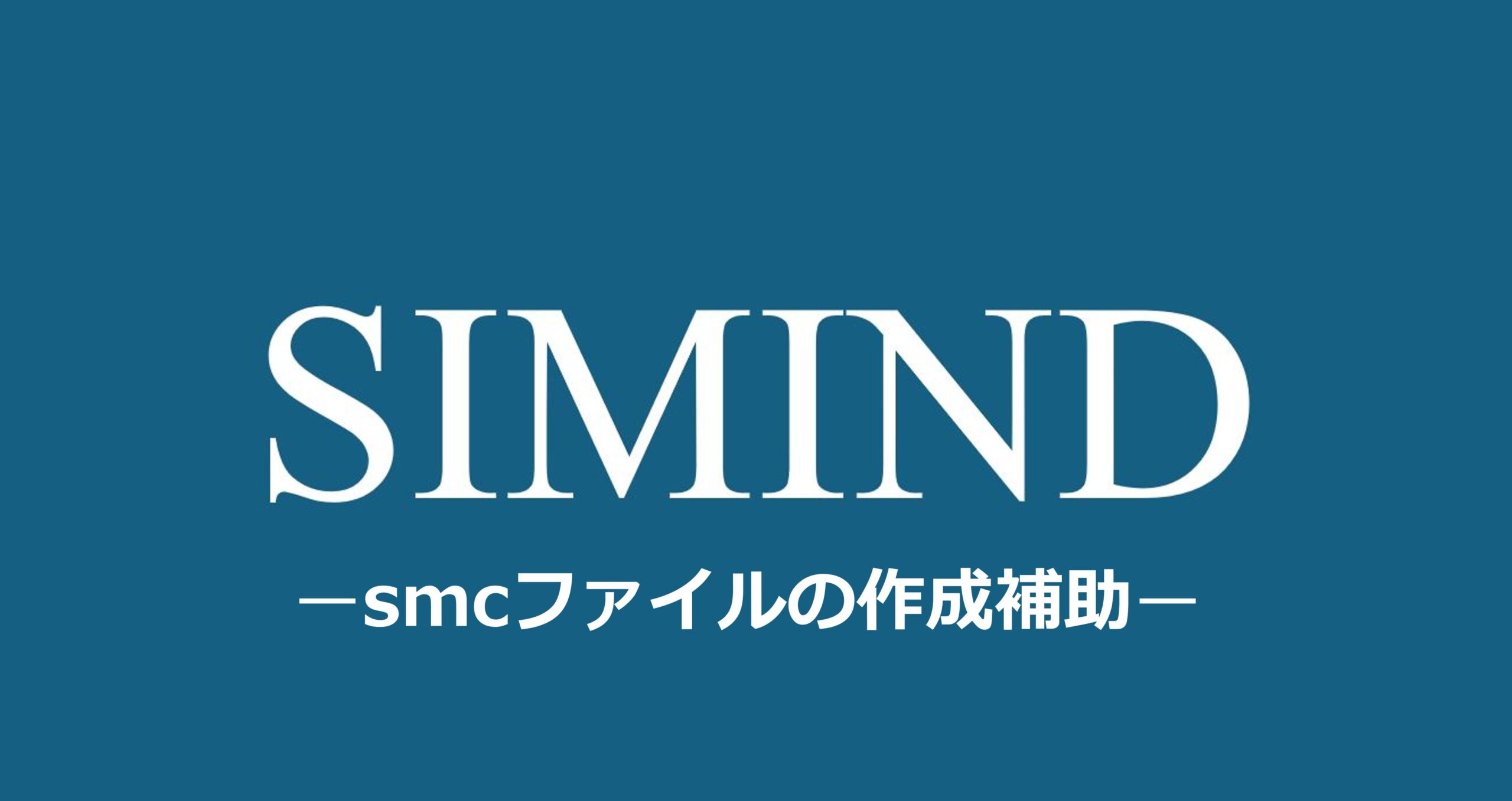Purpose
Suitable for observation of fractures and dislocations of the proximal humerus and scapula.
Prior confirmation
Check for fractures or dislocations. If in doubt, do not move the arm.
Remove any obstacles.
Positioning
Standing, seated or supine.
Place the acromioclavicular joints at the right and left centers of the cassette.
The patient should be placed in an oblique position with the affected side close to the cassette so that the line connecting the acromioclavicular joint and the superior angle of the scapula is perpendicular to the cassette. (about 30-70°).
In the supine position, the patient is placed in an oblique position with the affected side away from the patient.
In obese patients, the angle is more relaxed.
The patient’s chest should be with our heads held high. and the arm on the affected side should be either naturally drooped or abducted. When abducting, be careful not to rotate.
CR, distance, field size
CR : Vertical X-ray incidence toward the humeral head. Or oblique incidence at 20 degrees in a cephalocaudal direction
Distance : 100cm
Field size : Include from the subscapular angle to the clavicle.
Exposure condition
75kV / 40mAs
Grid ( + )
Suspend respiration.
Image, check-point
Normal (Radiopaedia)
Anterior dislocation: humeral head is located below the coracoid process.
Posterior dislocation: the humeral head is located below the acromioclavicular process.
The subacromial joint (when oblique at 20° cephalocaudal) and the scapulothoracic joint can be observed.
The scapula is depicted in a Y-shape.
The humeral head and scapula are superimposed on each other and are imaged at a sufficient dose to be observed.
Videos
Related materials
















